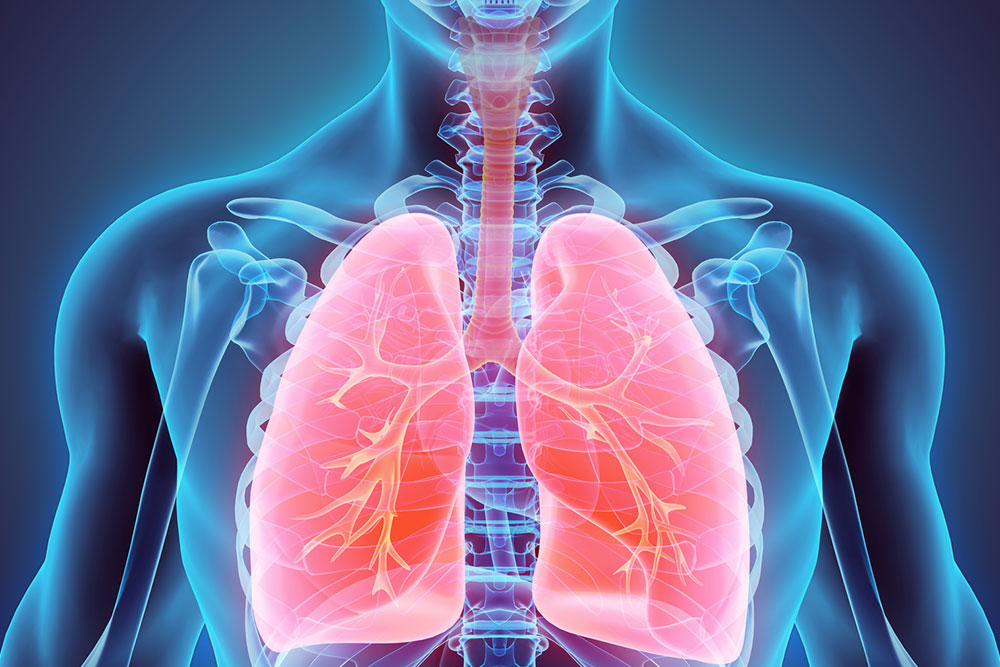Comprehensive Guide to Pancreatic Cancer: Recognizing Symptoms and Early Detection Strategies
Pancreatic cancer often has subtle early symptoms, making early detection challenging yet crucial. This comprehensive guide covers risk factors, symptoms, diagnostic methods, and treatment options. Recognizing signs like jaundice and unexplained weight loss and understanding the importance of prompt medical attention can significantly improve outcomes. Learn about the anatomy of the pancreas, risk factors, and advanced diagnostic techniques to catch this aggressive cancer early, when treatment options are most effective. Stay informed and proactive for better health management.

Comprehensive Guide to Pancreatic Cancer: Recognizing Symptoms and Early Detection Strategies
Pancreatic cancer is a serious and often aggressive form of malignancy that originates within the pancreas, an essential organ located behind the stomach responsible for producing digestive enzymes and regulating blood sugar through insulin. Due to its deep position within the abdomen and the subtlety of early symptoms, pancreatic cancer is frequently diagnosed at advanced stages, making early detection crucial for improving patient outcomes.
Understanding the nature of pancreatic cancer begins with recognizing its risk factors, symptoms, and available diagnostic methods. Its silent progression underscores the importance of awareness, especially for individuals with predisposing factors or a family history of the disease.
Understanding the Anatomy and Function of the Pancreas
The pancreas plays a dual role in the body’s health: it aids digestion via enzyme production and maintains blood sugar levels through insulin secretion. An understanding of its anatomy helps explain why pancreatic cancer can be particularly challenging to detect early. Located deep within the upper abdomen, behind the stomach, the pancreas is relatively hidden, and tumors can grow unnoticed until they cause significant symptoms or metastasize to other organs.
What Causes Pancreatic Cancer?
While the precise causes of pancreatic cancer remain elusive, research indicates several contributing factors. These include genetic predisposition, age (most cases occur in individuals over 60), lifestyle choices such as smoking, obesity, and dietary habits. Chronic pancreatitis, diabetes, and certain hereditary genetic syndromes also elevate risk. Despite extensive studies, a definitive cause-and-effect relationship is yet to be established, highlighting the importance of monitoring known risk factors.
Risk Factors for Developing Pancreatic Cancer
Older Age — Most cases are diagnosed in individuals over 60
Smoking — Strongly associated with increased risk
Chronic Pancreatitis — Long-term inflammation can predispose to malignancy
Diabetes — Particularly new-onset diabetes in older adults
Family History — Genetic predisposition increases susceptibility
Obesity — Excess body weight contributes to risk
Early Symptoms of Pancreatic Cancer
Early detection is often hindered by the absence of symptoms during initial stages. When symptoms do begin to manifest, they are frequently vague and nonspecific, making diagnosis challenging. Patients might experience mild discomfort or indigestion that can be easily overlooked. As the tumor advances, more specific signs emerge, providing crucial clues for early detection.
Common Symptoms in Advanced Stages
Jaundice: Yellowing of the skin and eyes due to bile duct obstruction
Abdominal Pain: Constant pain that radiates to the back
Unexplained Weight Loss: Significant loss of weight without dieting or increased activity
New-Onset Diabetes: Development of diabetes in middle-aged or elderly individuals without prior history
Fatigue and Weakness: Persistent tiredness affecting daily life
Nausea and Loss of Appetite: Often associated with advanced tumor growth
Steatorrhea: Greasy, foul-smelling stools due to malabsorption
When to Seek Medical Advice
If you experience persistent symptoms such as jaundice, abdominal pain, unexplained weight loss, or new-onset diabetes, consulting a healthcare professional promptly is vital. Early diagnosis can significantly influence treatment options and survival rates. Regular checkups, particularly for high-risk individuals, can facilitate early detection and improve prognosis.
Diagnostic Methods for Pancreatic Cancer
Diagnosing pancreatic cancer involves several sophisticated tests aimed at confirming malignancy and determining the stage of disease. These include blood tests, imaging studies, and tissue biopsies.
Blood Tests: Tumor markers like CA 19-9 can support diagnosis but are not definitive
Imaging Techniques: CT scans, MRI, and endoscopic ultrasound provide detailed visualization of the pancreas and surrounding structures
Biopsy: Obtaining tissue samples via endoscopy or surgery confirms cancer diagnosis
Treatment Options for Pancreatic Cancer
The treatment approach depends on the stage of cancer, the patient’s overall health, and personal preferences. Options include surgical removal, chemotherapy, radiation therapy, and targeted therapies, either alone or combined.
Surgical Procedures: Whipple procedure (pancreatoduodenectomy) is common for resectable tumors
Chemotherapy: Uses drugs to kill cancer cells or shrink tumors, often used in conjunction with surgery or as palliative care
Radiation Therapy: Targets cancer cells with high-energy rays to reduce tumor size or alleviate symptoms
Emerging Therapies: Targeted drugs and immunotherapy are under investigation to improve outcomes
Prompt diagnosis and a multidisciplinary treatment plan are essential for improving survival chances and quality of life. Due to the aggressive nature of pancreatic cancer, early intervention remains the key to better prognosis.





